Bentley STAAD.Pro 2024 v24.00.00.577
STAAD.Pro 2024 es un software utilizado para el análisis y diseño estructural de cualquier tipo de proyecto, como torres, edificios, alcantarillas, puentes, estadios, estructuras marinas, etc. Este software es capaz de analizar cualquier estructura expuesta a cargas estáticas, dinámicas, eólicas, sísmicas, térmicas y móviles. Algunas capacidades que se pueden realizar con STAAD.Pro Algunas novedades en […]
Bentley STAAD.Pro 2024 v24.00.00.577 Read More »


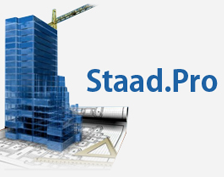
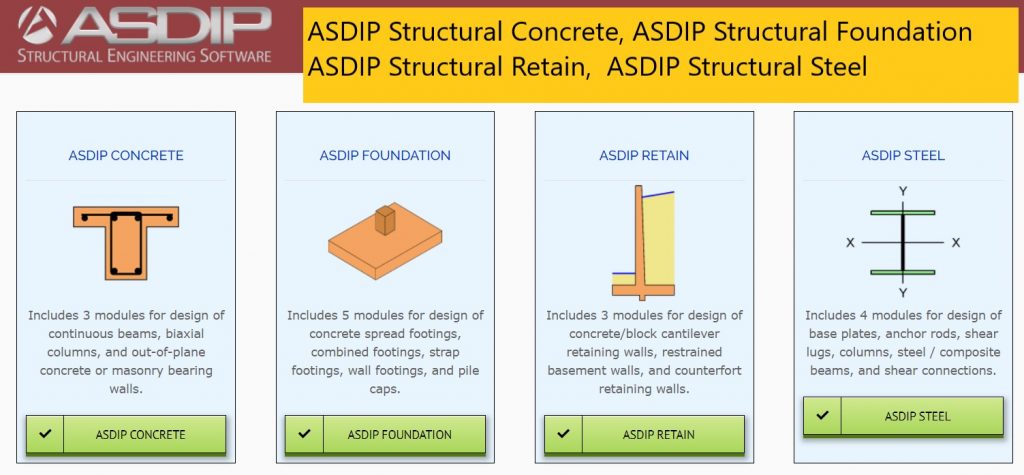

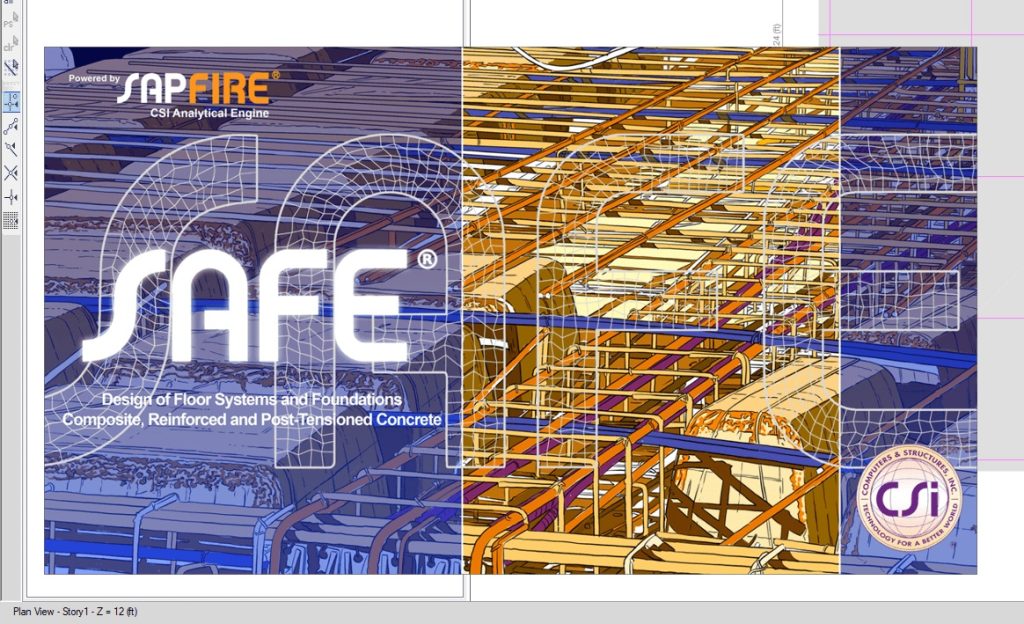


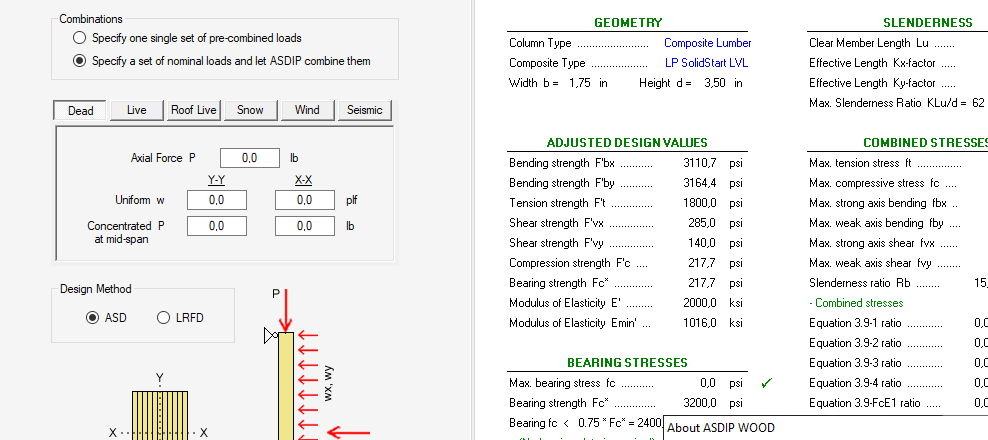

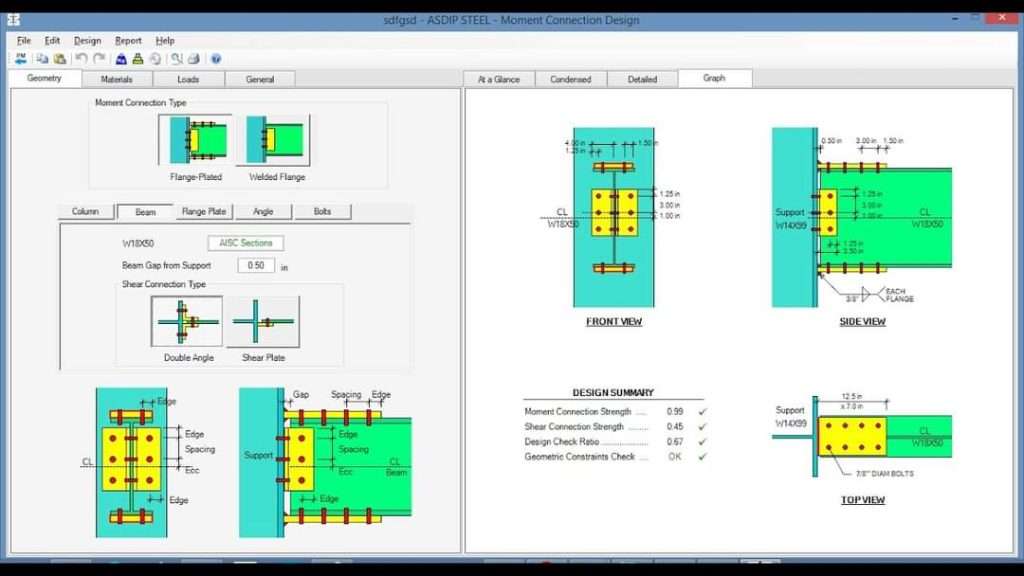
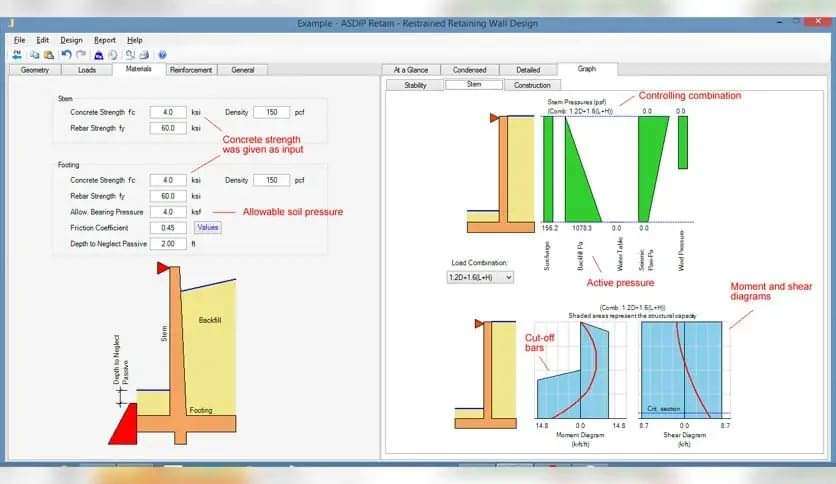
![[2023] CSI SAFE v21.2.0 Download Full 15 [2023] CSI SAFE v21.2.0 Download Full 15](https://civilmdc.com/wp-content/uploads/2023/04/CSI-SAFE-2023-v-21-1024x444.jpg)
![[2023] CSI ETABS v21.2.0 Download full 16 [2023] CSI ETABS v21.2.0 Download full 16](https://civilmdc.com/wp-content/uploads/2023/04/CSI-ETABS-2023-v-21.jpg)

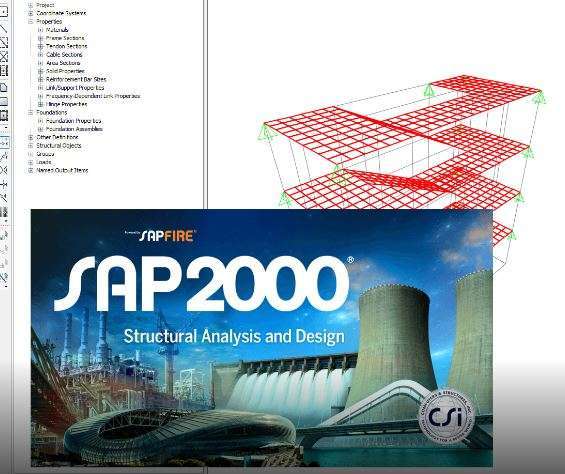
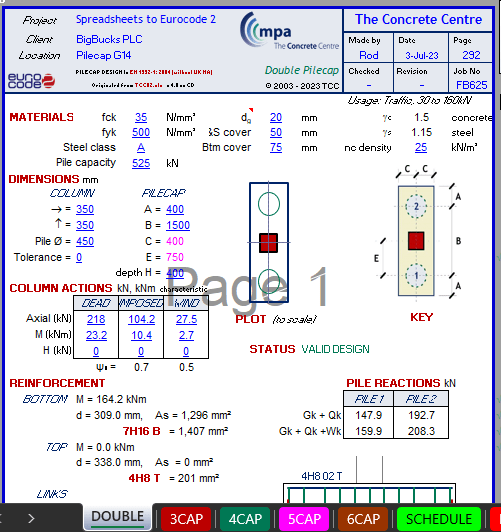

 Visit
Visit 